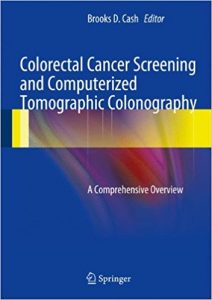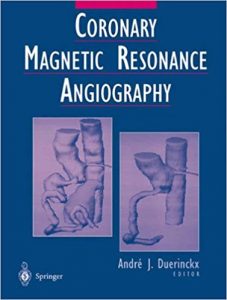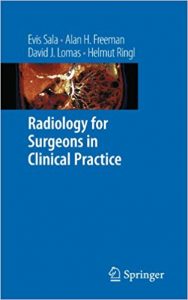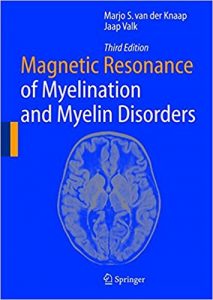Imaging Acute Abdomen in Children 1st ed. 2018 Edition
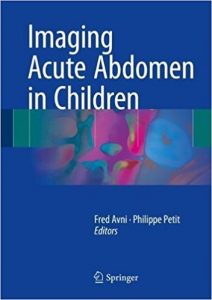
[amazon template=image&asin=3319636995]
This book aims to equip readers with a sound understanding of the imaging strategies that are appropriate in children with acute abdominal conditions. The starting points are the clinical conditions, which are outlined in an introduction presented by pediatrician experts in emergency medicine, and the age groups, with differentiation of children and infants from neonates. The various conditions and their frequency are documented in detail, with clear description and illustration of the presentations on different imaging modalities. A large majority of the included images are from recent examinations and have been obtained using the most up-to-date techniques. The therapeutic impact of imaging is also explained, and the coverage is completed with helpful decision trees and tables of differential diagnosis. At the end of each chapter a concise resume underlines the main points. Imaging Acute Abdomen in Children will be of value for pediatric and general radiologists, radiologists in training, pediatricians, pediatric surgeons, emergency pediatricians, and others with an interest in the subject.
About the Author
Fred E. Avni, MD, PhD, is Professor of Radiology and currently Director of the Section of Ultrasound in the Department of Pediatric Imaging, Jeanne de Flandre Hospital, CHRU de Lille, Lille, France. Dr. Avni trained in Pediatric Radiology in Paris at “Enfants-Malades” and then at Boston Children’s Hospital, Harvard Medical School in 1980. He became Chief at Children’s Hospital Queen Fabiola and subsequently Chairman of the Department of Medical Imaging, Erasme Hospital, ULB, Brussels, Belgium. He is a past president of the European Society of Paediatric Radiology (ESPR) , an ESPR gold medallist and a SPR Pioneer awardee. He is now an honorary member of ESPR and also the French Society of Radiology (FSR). Dr. Avni is a renowned expert in perinatal and abdominal imaging and is the lead or co-author of more than 180 journal articles and 30 book chapters.
Philippe Petit, MD, is Professor of Radiology and Head of the Department of Pediatric Radiology at La Timone Hospital, Marseille, France. He is a past treasurer of the Francophone Society of Pediatric and Prenatal Imaging (SFIPP) and current treasurer of the European Society of Paediatric Radiology (ESPR). Dr. Petit is a leading expert in abdominal imaging and interventional radiology and is the first author or co-author of more than 100 journal articles and 15 book chapters.



